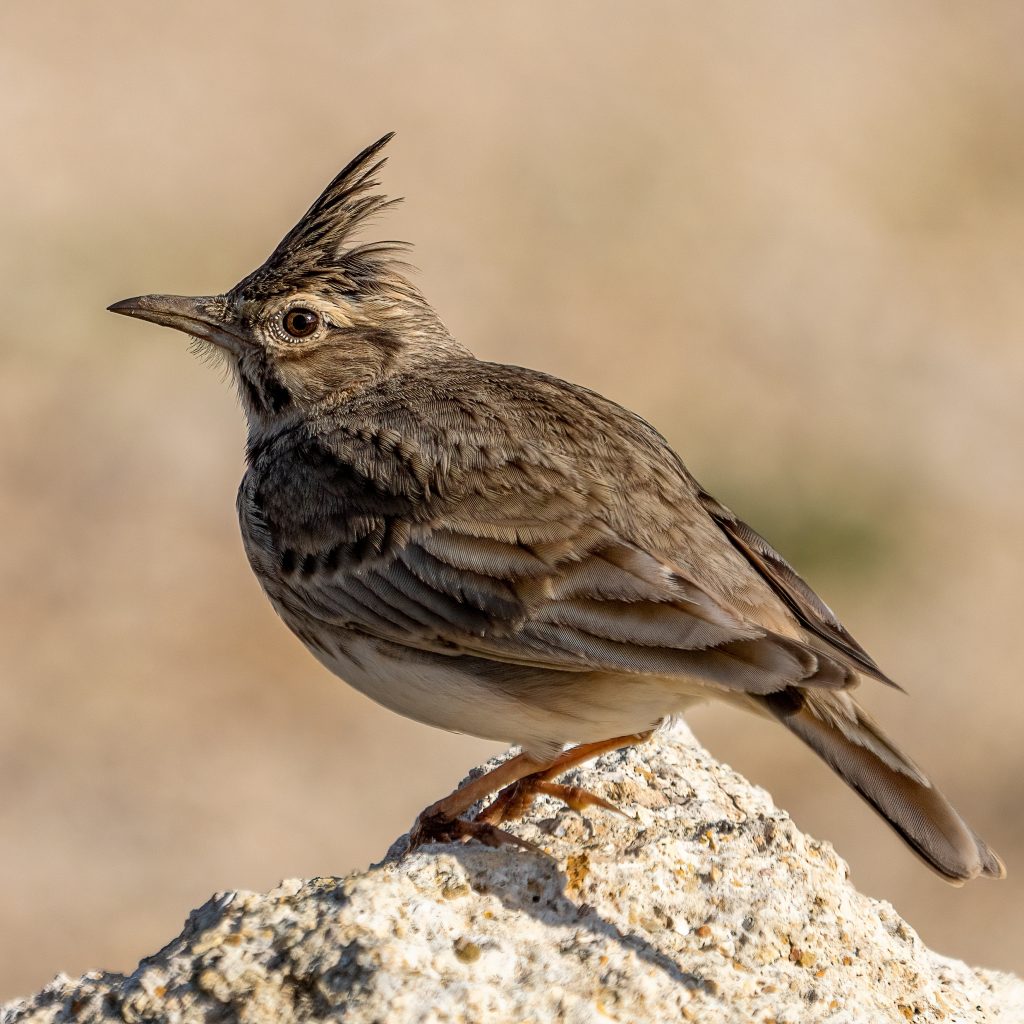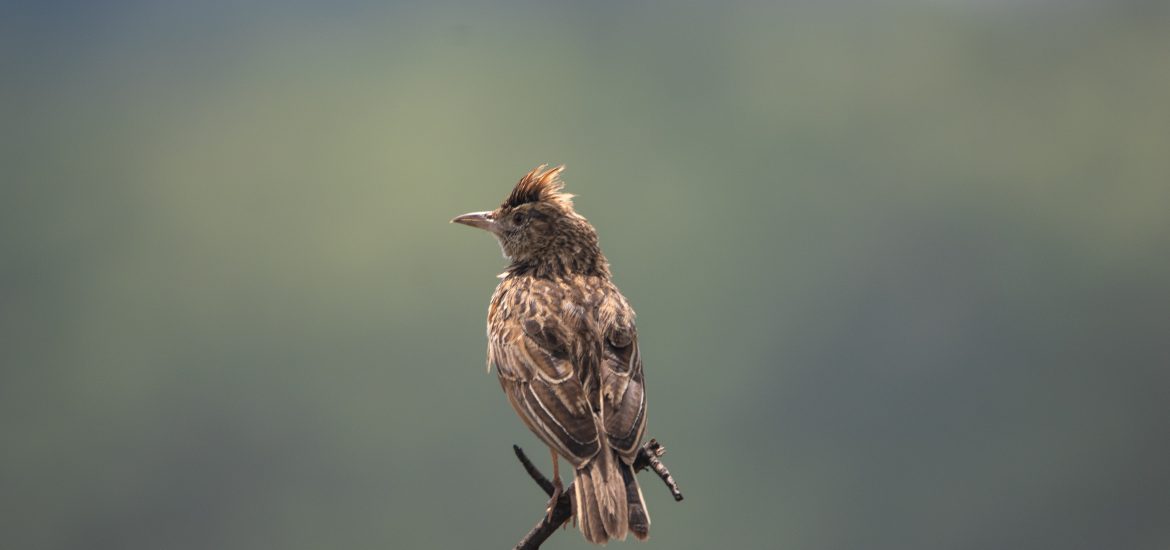The distinctions within the genus Mirafra are sometimes subtle and perplexing, with many variances visible only when specimens are studied in hand.
Previously, the Bengal bush lark was divided into two races: the Bengal race assamica and the Madras race affinis. These were later classified as Jerdon’s bush lark (Mirafra affinis) and assamica in the strict sense based on diagnostic song and display characteristics.
Both the Burmese bush lark and the Jerdon’s bush lark were previously considered subspecies of the Bengal bush lark (as M. a. microptera and M. a. affinis, respectively) until they were divided to become a new species. The red-winged lark may also be referred to as the “rufous-winged bush lark.” The Bengal bush lark is also known as the rufous-winged lark. Experience life amidst the woods while staying at our resort in Uttarakhand.
Description

The Bengal bush lark has a short tail and a powerful robust beak. It isn’t as long as the skylark, measuring just around 15 cm. It’s dark grey on top and buff on the bottom, with spotting on the breast and below the eye. The wings are rufous in colour.
The Bengal bush lark’s song is a repeat of thin disyllabic notes delivered in song-flight.
Description and Habitat
The Bengal bush lark is a resident breeder on the Indian subcontinent and south-east Asia, and may be found in Bangladesh, Bhutan, India, Myanmar, and Nepal, with a worldwide range estimated to be 100,000-1,000,000 square kilometres.
It is a common bird found in dry, open, rocky terrain with minimal vegetation and cultivated regions. It builds a ground nest and lays three or four speckled eggs. This lark typically feeds on seeds and insects, especially during the nesting season.
Tigers are solitary in nature and only when they are in courtship or when the mother is with the cubs, one can come across more than one tiger at the same place. Read More





